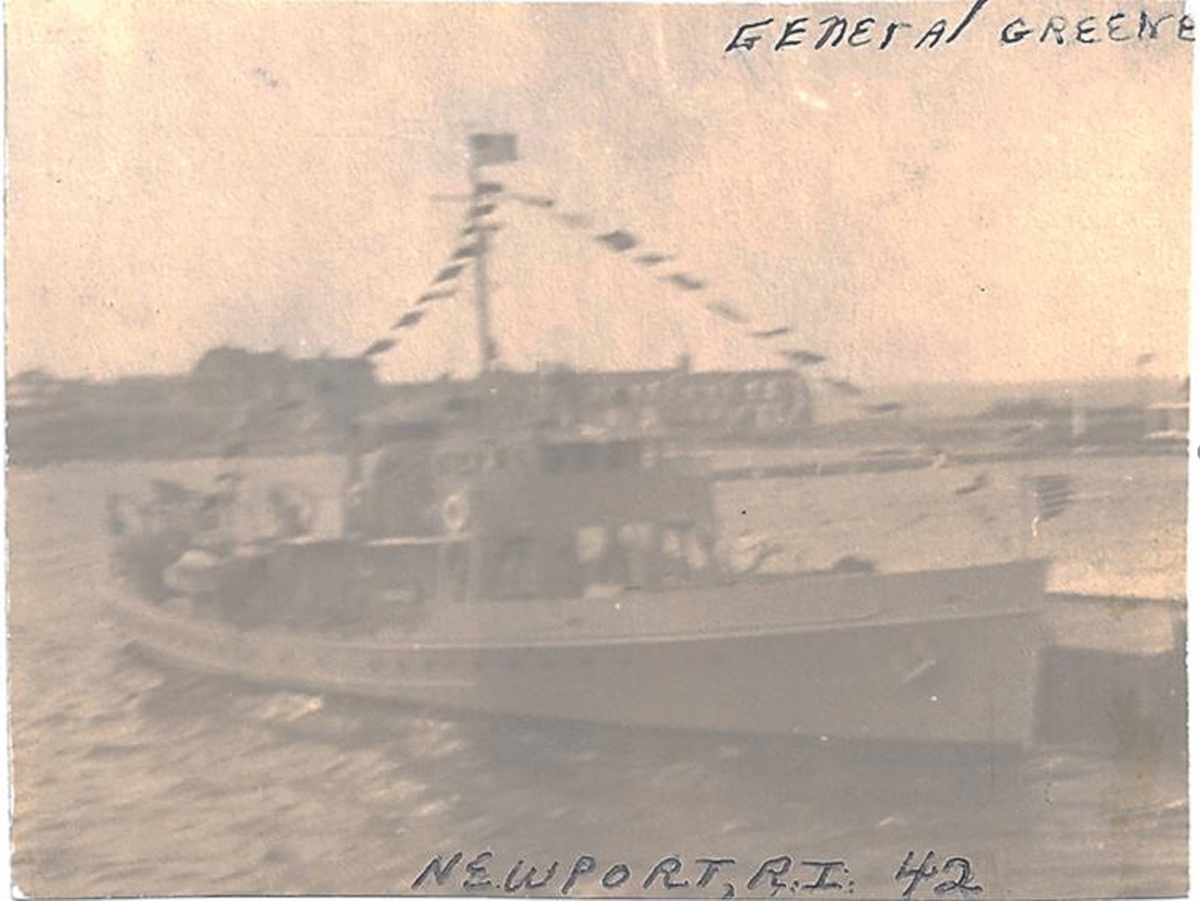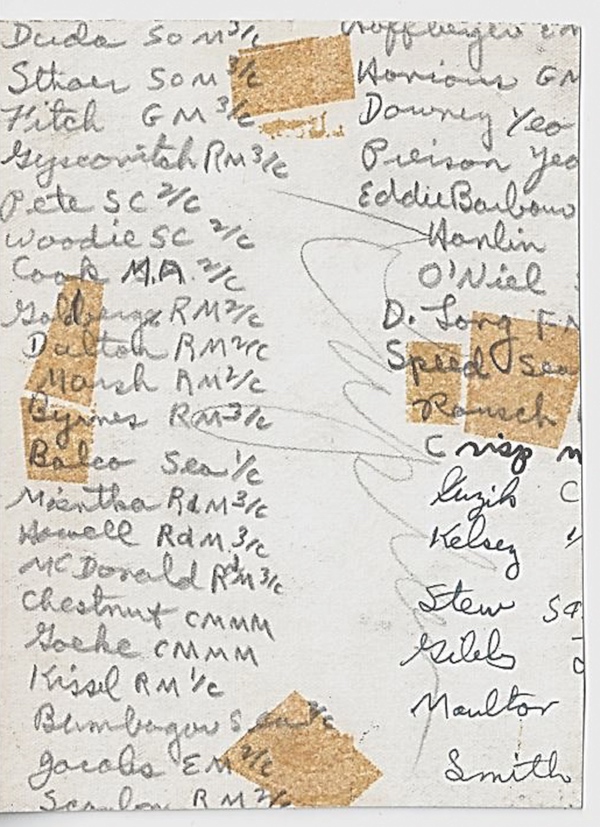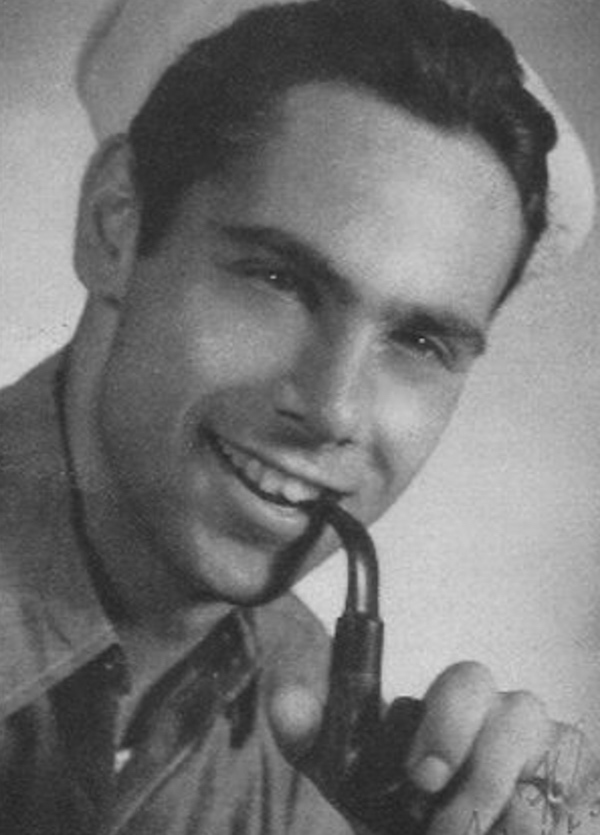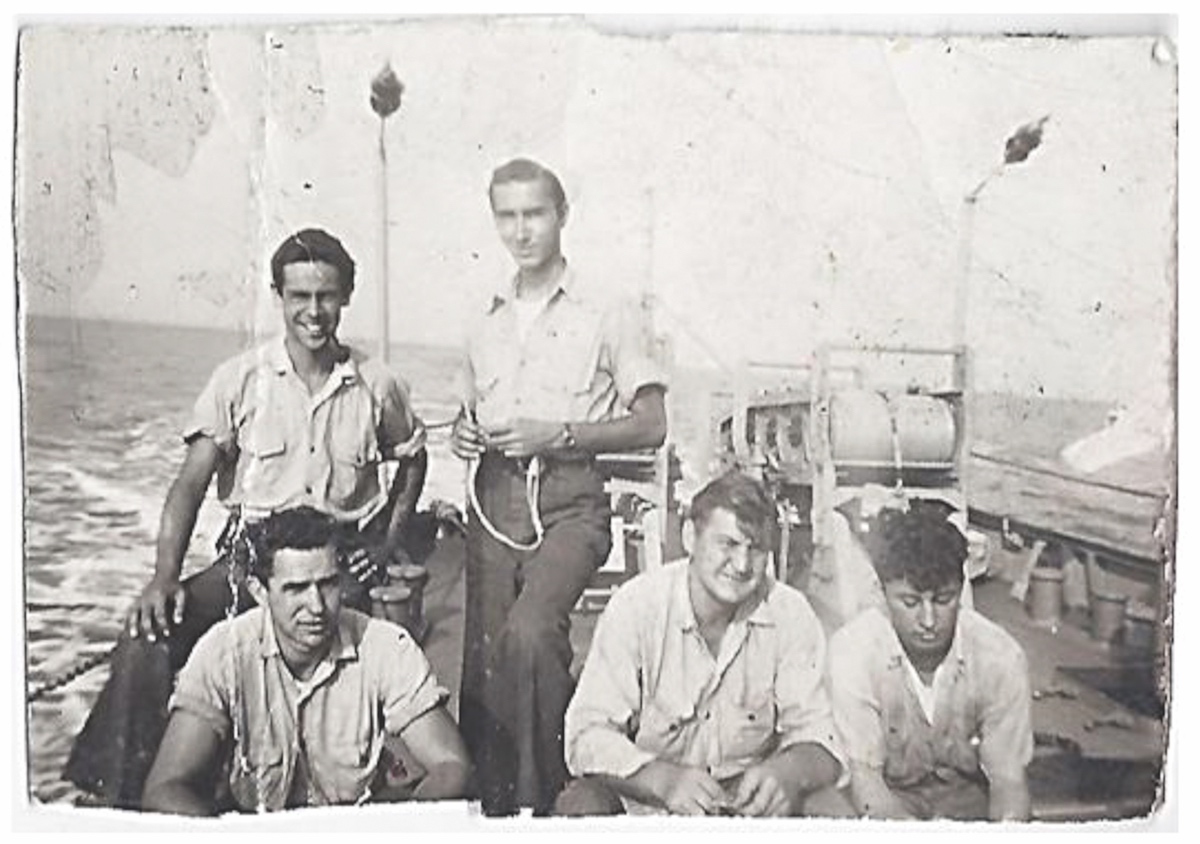Quick now, Sun Citians, what is a “coastie?”
Chances are, you have to think awhile before you answer. Right now, there are nearly 50,000 men and women in the nation that have this title.
They are members of the United States Coast Guard, one of the active branches of the country’s armed forces. In this year 2018, Coasties, this story is published for you, as we approach Veterans Day on November 11.
The modern coast guard is 103 years old. It was created by the merger of the United States Revenue Cutter Service and the United States Lifesaving Service in 1915. But the guard’s roots actually go way back to the early days of the Republic. It began when Alexander Hamilton, the first Secretary of the Treasury, persuaded Congress to authorize a small fleet of vessels to enforce tariffs (an important source of revenue for the new nation). This was approved on August 4, 1790, now recognized as the Coast Guard’s official birthday).

TOP PHOTO: Warren Kaplan (back left) on USCGC Frederick Lee.
ABOVE: General Greene – Newport, R.I. 1942. (Photos provided)

Reverse side of General Greene photo.
These first ships were called “revenue cutters.” They were the nation’s only naval force and they served primarily as money-makers. In the years that followed, cutters engaged in a wide variety of activities – combating piracy, rescuing mariners in distress, ferrying government officials, and carrying mail. The service captured approximately 500 slave ships until the end of the Civil War in 1865.
The cutters and their captains also played a role in the development of Alaska. They participated in an overland relief expedition to help starving trapped whalers in 1897-89, and during the Snake River gold rush of 1900, cutters returned destitute miners to Seattle from Alaska.
One of the general beliefs about coasties is that they rarely got in harm’s way or confronted the enemy. Warren Kaplan, a former Sun City resident, provides a personal example of how wrong that is. He wrote a detailed record of his four years as a coastie from 1942 to 1946. The Sun Day was given a copy of his service memories by Adrianne Kaplan, his daughter and current resident of Sun City.
“The ship’s duty was to patrol the waters from Montauk Point (on Long Island, New York) to Block Island and the Grand Banks on anti-submarine matters, as well as life saving and rescuing merchant seamen from torpedoed vessels,” Kaplan wrote. “Off the coast of Newfoundland, we convoyed Liberty (troop and supply) ships on their way to England and Russia. One day, the Greene left the convoy at Tome Point near Newfoundland. We later had a sonar contact in choppy seas, which I reported to the bridge, and the skipper called general quarters. After making a passing run, I confirmed a U-boat echo and propeller noise. The skipper made a depth charge run, and some debris and an oil slick came to the surface. This was surely a definite kill.”
On another occasion later on the Lee, Chief Somarman Kaplan picked up echoes on the sonar gear.
“General quarters was sounded and I relieved my sonarman on watch,” Kaplan wrote. “I soon determined we were in the midst of a wolf pack of U-boats. Our position was within 1,500 yards of the nearest target. Down to 100 yards, I took off the earphones to the sonar and waited for the dropping of depth charges, which was deafening. It shook our ship and lifted it at each blast. I believe that the Lee and the Storis (another cutter) sank at least one sub and damaged another that day.”
Kaplan was a native of Chicago and lived in Sun City from 2006 until his death in 2008.

Warran Kaplan.
More coastie memories come from Bruce Thompson, who comes from a Coast Guard and Navy family and currently is vice president of the Kishwaukee Valley & Eakin Creek Model Railroad Club in Sun City. He served in the Coast Guard from 1968-72.
“I enlisted in the Coast Guard, during Vietnam as a preference to the draft,” Thompson recalled. “My uncle served in the Coast Guard for a long time, and my father was in the Navy. I’ve always felt that the Coast Guard was, and is, the unsung service. Halfway through boot camp in the Coast Guard, my mom sent me my draft notice.
Thompson served on the cutter Sun Dew, which was named after a flower.
“I served in a lifeboat station in Buffalo, New York; as an engineman in Yorktown; and on a cutter that was a buoy tender and marked channels for ships,” he recalled. “I served on a cutter that broke ice and conducted search and rescue missions on Lake Michigan.
Soon after his discharge in 1972, Thompson became a truck driver. “I hauled hazardous waste and chemicals in an 18-wheeler as a “Knight of the Road,” as we called ourselves,” he said. Both his parents and in-laws live in Sun City, and he has two children and four grandchildren.
He describes his “coastie” time in colorful ways.
“My dad described navy life as “three tots and a cot,” he said. “In the Coast Guard, we enjoyed being called the ‘hooligan navy’ and ‘shallow water sailors.’ I remember the Coast Guard as a family, everyone knew each other, we served in small groups,” Thompson said.
Terry Wisniewski, also a current Sun Citian, served as a coastie for four years in 1972-76, after his father-in-law, Norman Avner, who served from 1948-51. Norman was an electronics technician in the post-World War II Coast Guard, working on teams that operated long-range navigational aids in guiding ships to safety on the seas. Terry later enlisted when the Vietnam War was winding down. He served for four years in various stateside locations, working at administrative, clerical, and educational positions. He later worked for Illinois Bell and AT&T.
“My father in law was the real coastie in our family,” Terry said. “He served in a much more adventurous time in the Coast Guard. He was one of the main reasons I decided to be a coastie later.”
In the next edition of the Sun Day, we will write about the Pendleton Tanker rescue, one of the Coast Guard’s “finest hours,” and also about some generally unknown tales of the Coast Guard’s role in the Vietnam War.




